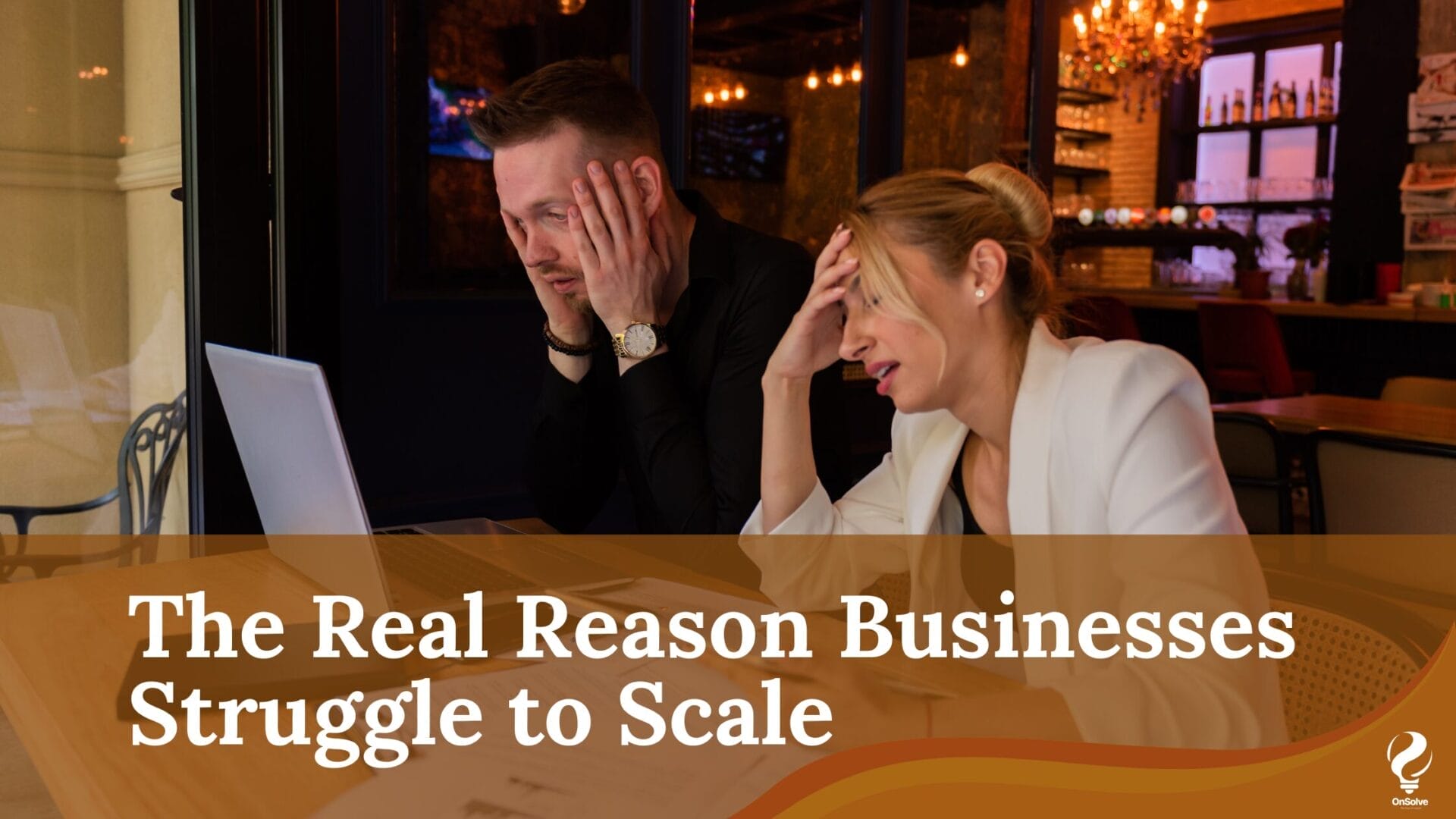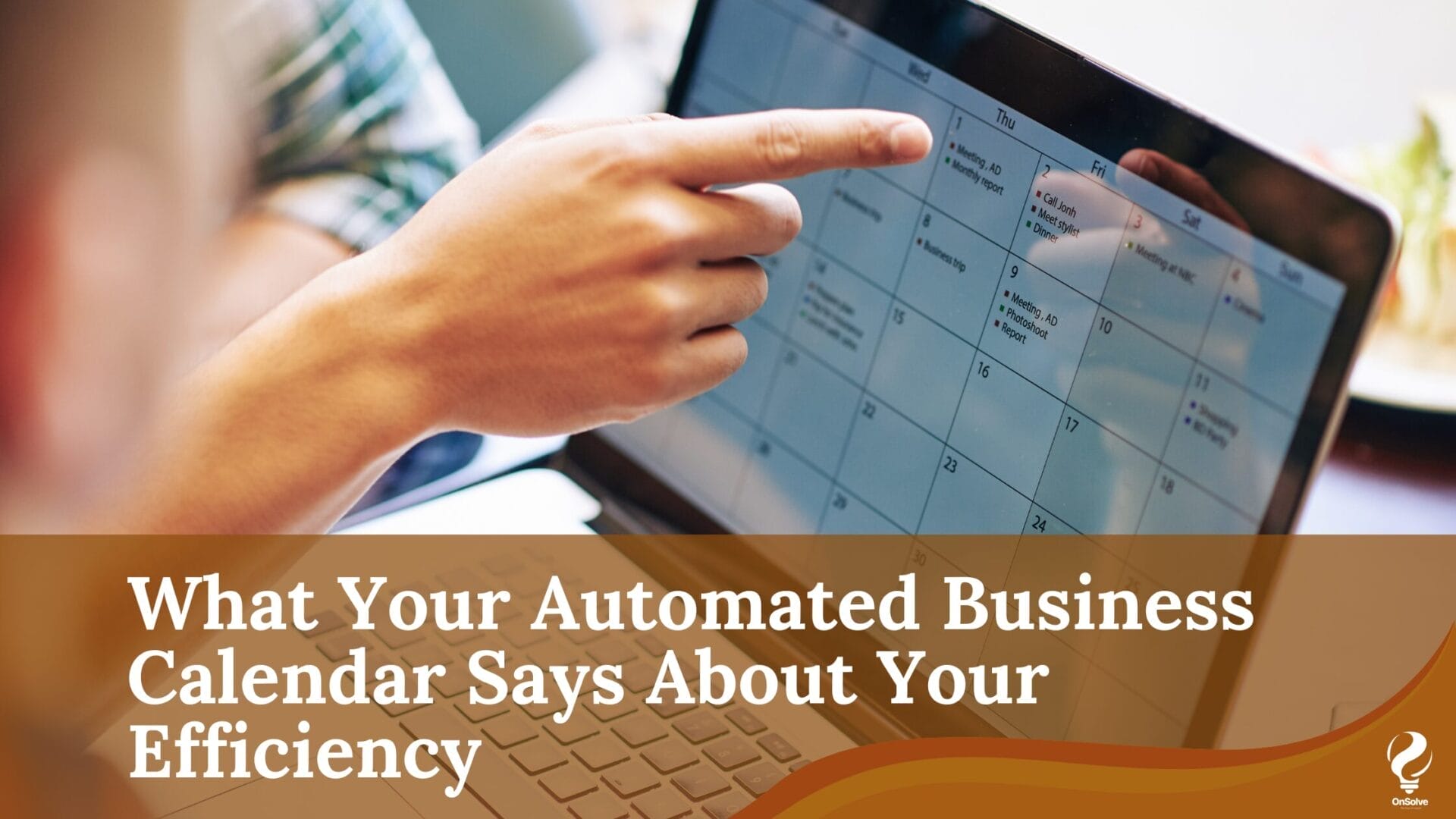In the current digital age Social media plays an important role in creating connections and fostering community. For people enrolled in the National Disability Insurance Scheme (NDIS), an effective social networking strategy can make all the difference to achieving inclusion, access and empowerment. By adapting the content of social networks to meet the needs of people with disabilities, we can create a more inclusive online space. This blog explores how simpler, more effective strategies can help transform social media into a powerful tool for engaging with the NDIS community.
1. Alt-Text: Describing the Visual World
Alt text is a game changer in making social media more accessible to visually impaired users. By adding meaningful alternative text to images, it helps convey visual content in a meaningful way to the screen readers who rely on it.
What does good alt-text look like?
Think of it like painting a picture with words. Instead of saying “Person holding a book” it can be described as “A smiling young woman in a wheelchair holding an open book titled ‘Empowerment through me consists'”. The more detailed the alt text, non-visual users will have a richer experience.
Alternative text not only helps with accessibility but it also increases the reach of your content, improving your SEO (Search Engine Optimization) so you are not only inclusive to everyone, it also helps social media content creators do their jobs better!
2. Captions: Communicating with Everyone
Video content can be viewed on social media. But if there is no caption it is inaccessible to people who are deaf or find difficulty in hearing. Adding subtitles will ensure video content speaks to everyone in the audience.
Auto-captions vs. Custom Captions:
Platforms like YouTube and Instagram have automatic captions. It is therefore important to check and correct these subtitles. These custom subtitles allow control of the pace, flow, and clarity of the text. This ensures that the content is fully understood.
Caption benefits more than just users who are hearing impaired, many people watch videos in mute mode while surfing social networks. Adding subtitles will help increase engagement and make content more accessible to more people.
3. User-Friendly Content: Simplicity is Key
It’s easy to get carried away by flashy graphics and intricate designs. But for a comprehensive social media strategy simplicity prevails. Creating friendly content means ensuring that everyone can engage with the posts regardless of their skills.
Here’s some key points to manage user-friendly content
- Keep your language clear and concise
- Use high-contrast visuals
- Simplify navigation
4. Leverage Inclusive Hashtags and Trends
One way to increase community engagement and empower the NDIS community is through the use of inclusive hashtags. Because social media platforms grow with trends. Using relevant hashtags and highlighting strengths, you can connect with like-minded individuals and groups.
Participating in trend conversations increases awareness of disability-related issues. It enables people to join a wider network of support, advocacy and empowerment.
5. Engage and Empower through Storytelling
Sharing personal stories is one of the most powerful ways to build trust and connection on social media.
Sharing stories about individuals in the NDIS community can foster a sense of belonging and empowerment. These stories humanise the brand and connect with the audience. Real-life experiences are relevant and can encourage participation and training within the NDIS community.
Building an Inclusive Social Media Future
A comprehensive social media strategy is more than just creating accessible content. But it also helps build strong and empowered communities. By including alt text, subtitles, and friendly content. Hashtags and complete storytelling not only reach a broad audience; but they also actively support the NDIS community. It’s important to remember that using social media can positively impact the digital world for everyone. We’ll continue to use these platforms to educate and support the NDIS community, ensuring that everyone feels included in the conversation.







